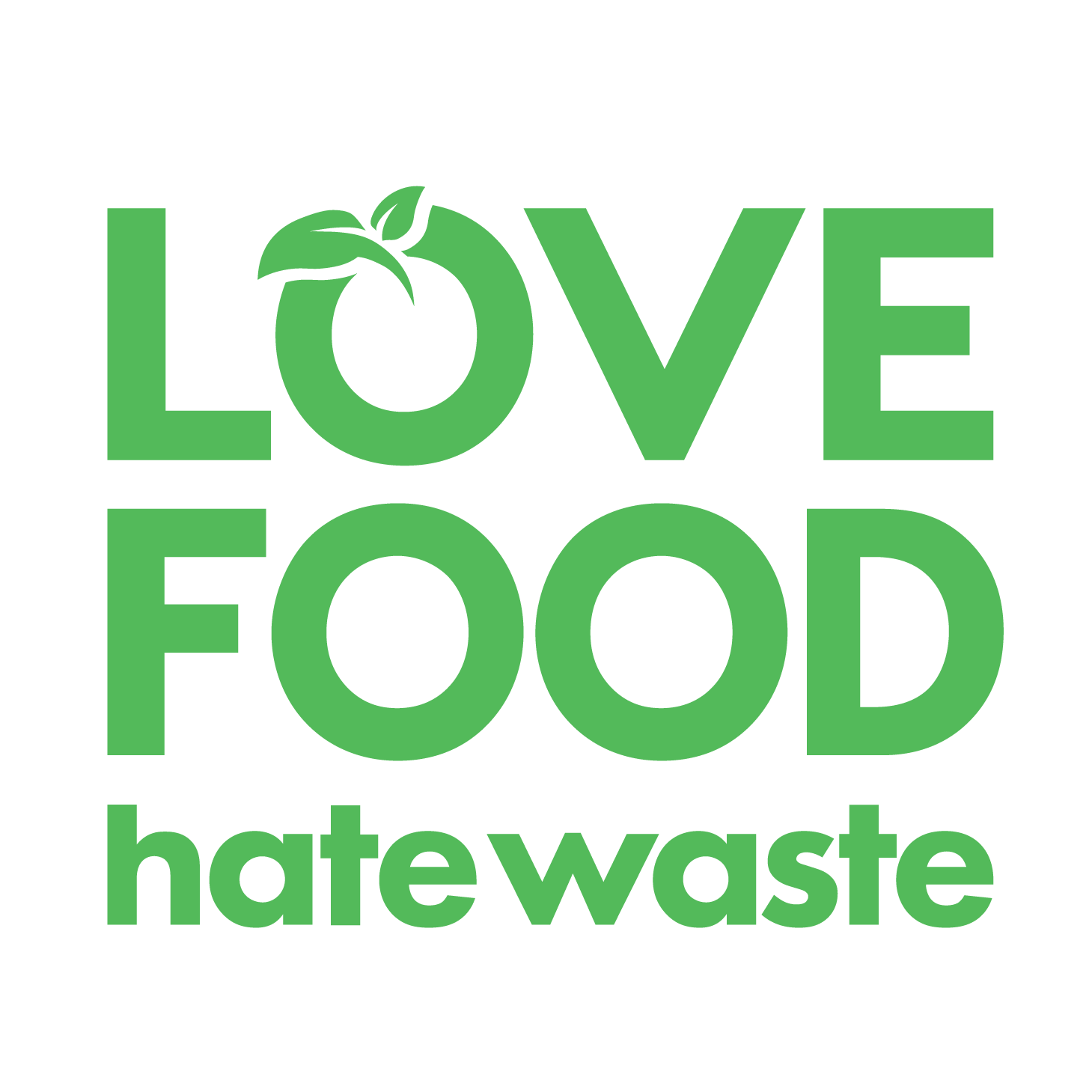5 Ways to Tackle Climate Change from Your Kitchen this Earth Day
Climate change continues to be a growing concern for our planet and it’s more important than ever to reduce our carbon footprint. Instead of getting discouraged, we want you to feel empowered and fight food waste from your own kitchen.
In addition to meal planning, storing food effectively and using leftovers, here are our ultimate top 5 ways you can tackle climate change from your kitchen this Earth Day.
1. Choose Ugly Produce
Be the hero of crooked, wonky, and ugly fruits and vegetables. Did you know no matter the shape or size, ugly produce tastes the same and is just as nutritious as their perfectly-shaped counterparts. Sadly, far too many fruits and veggies are left on fields and grocery shelves because they don’t look “perfect.” By picking ugly produce, you’re taking one for the team and helping to prevent food waste.
Try crooked cucumbers or zucchini in our best Tzatziki recipe.
2. How To Use Up Legumes
Legumes, such as beans, lentils, and chickpeas, are a great source of protein, store well and can be easily portioned out so you only use what you need. Because they are so versatile they can be used in a wide variety of dishes and can be easily incorporated into any diet. Legumes have a much lower carbon footprint than other sources of protein because they require much less land, water, fertilizer and processing.
Did you know Canada is one of the largest producers of pulses in the world?
Try this ultimate Turkey Chickpea Coconut Curry, Spiced Pumpkin Feta Lentil Salad or the mouth-watering Tomato Butter Bean Soup.
3. Ultimate Veggie Packed Soup Stocks
If you’re not saving your veggie peels and scraps for soup stock, Earth Day is the perfect time to start. It’s very satisfying to turn vegetable odds and ends into something delicious, while also saving money and preventing food waste.
It’s easy to do. Wash and scrub your veggies before peeling and toss any scraps into the stock pot along with other ingredients. If you’re not ready to make soup, stash those veggie scraps in an airtight container in the freezer. When you’re ready, toss in the frozen scraps and let the flavour games begin.
Try it with this best Turkey Stock recipe from Christine Tizzard.
4. Quick Pickled Fruits and Veggies
If you have ripe fruit or vegetables you don’t want to go to waste, try pickling them! Quick pickles are an easy, no canning needed, way to extend the life of your produce. Wash and slice produce, add to a jar, make a simple brine by dissolving sugar and spices in vinegar and water, pour into the jar, store in fridge and let flavours develop. Yup, it’s that easy.
Try Quick Pickled Strawberries or Bob Blumer’s Pickled Lettuce
5. How to Shop Local
By shopping locally for your produce and other food items, you can reduce the carbon footprint associated with transportation and storage. Plus, buying from local farmers and producers supports your community and helps to create a more sustainable food system. Look for farmer’s markets, CSAs (community-supported agriculture), and other local food sources in your area.
Even though small, individual actions like these may not solve climate change, they are an important part of the solution and let us to be part of the movement towards a more sustainable future and to make Every Bite Count!
Do you have any other tips and ideas for tackling climate change in your kitchen? Share your ideas with us on Instagram @lovefoodhatewasteca.


